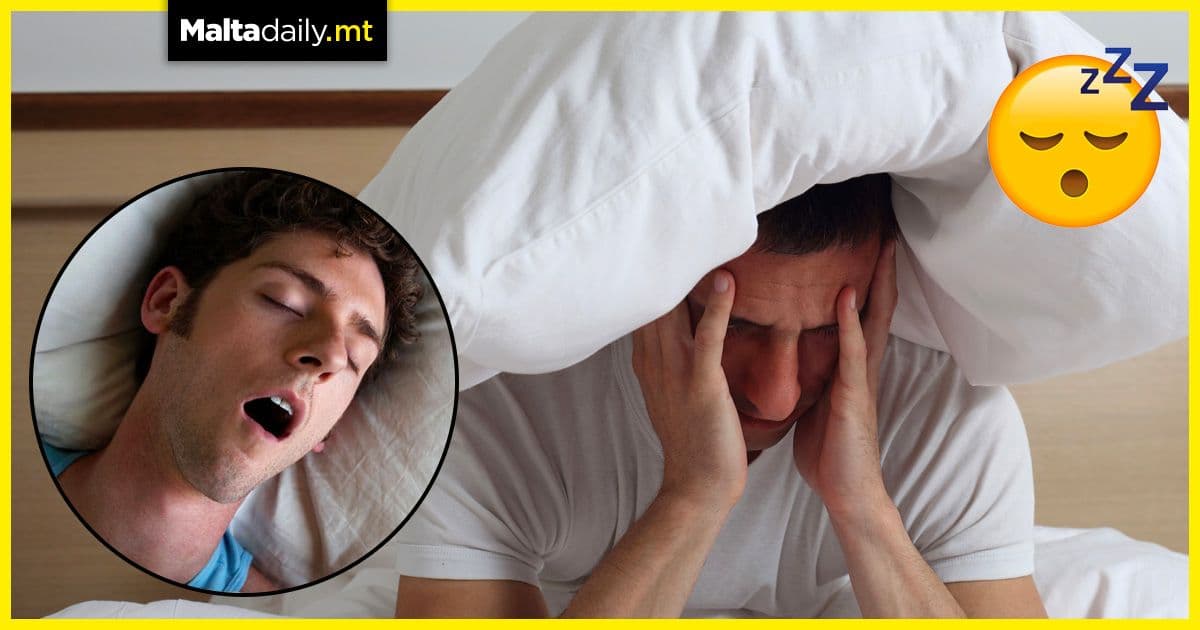Here are some tips on how to fall asleep quicker and safer

It might go against our intuition, but drifting into sleep as soon as your head hits the pillow is not a good sign of a healthy sleeper. Harvard Medical School sleep specialist Rebecca Robbins revealed that falling asleep does take about 15 minutes for a healthy sleeper, as falling asleep and sleeping itself are two distinct activities. She also emphasised that the more you stress about not being asleep, the lower your chances get of actually delving into dream land.
Dozing off too quickly may be a sign of serious sleep deprivation, which have been linked with physical and mental health harm. Robbins compares it to being food deprived – if you are starving, you will devour your next meal. A well nourished individual would most likely take their time when eating. So for those who get K.O-ed when hitting the pillow, fixing up a schedule might be the best option. Now for those who spend around half an hour staring at the ceiling…
1 – Get up.
If you can’t fall asleep after 20 minutes, Robbins recommends getting out of bed and going to a dimly lit room. Proceed to do something calming until you get drowsy. This applies for when you wake up in the middle of the night and can’t fall asleep again.
2 – Make the bed a sacred space.
Keep your brain from seeing your bedroom as anything else other than where you sleep (or engage in otherwise sexual activities). This will cause your brain to associate sleep with the room, thus making it more likely for you to fall asleep easily. Don’t work, check your phone or watch TV in there. It’s a sacred sleeping space.
3 – Prepare a routine.
Preparing a routine works wonders for just about anything, and it would make sense for this to apply for sleep. Robbins actually recommends this – brush your teeth, take a bath, read a book or listen to some calming music. Teach your mind to go into ‘preparation mode’, then just climb into bed at the same time. Same applies for waking up.
4 – Calm your mind.
For some reason, that embarrassing thing you did ten years ago pops into your head exactly when you try to fall asleep. Robbins has some tips to deal with worry when trying to sleep. She recommends keeping a ‘worry list’ by your bedside – write down anything you need to do the next day on a piece of paper on your bedside and accept that you’ll address them tomorrow. Breathing techniques or meditation are great as well – count your breaths slowly and before you know it – you’re in dreamworld!
#MaltaDaily


